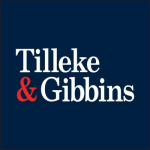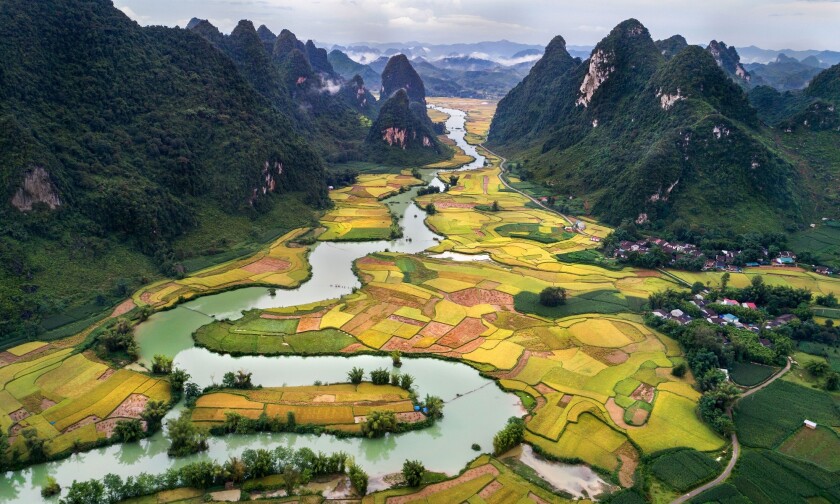Observers in Vietnam were recently captivated by a trademark application filed by a famous singer, Truong Trieu Truc Lan (also known as Nathan Lee), for the trademark Cao Thai Son. This was for “real estate services” in class 36, “entertainment and stage performances” in class 41 and “restaurant services” in class 43.
Cao Thai Son is the name of another famous Vietnamese singer. The application drew attention not only due to Nathan Lee’s attempt to register another person’s name, but also because the two singers have a long rivalry, with Nathan Lee previously acquiring the copyright to many of Cao Thai Son’s hit songs.
If this mark is exclusively granted to Nathan Lee, Cao Thai Son’s fans are worried that their idol could no longer perform under his own name due to the risk of trademark infringement.
Their concern is not groundless as trademark protection in Vietnam mostly depends on registration. Rights to non-registered objects, even well-known marks, are difficult to obtain and enforce.
However, the right to an individual’s name is a moral right, which cannot be bought, sold, transferred between living people, or inherited.
Article 26 of Vietnam’s Civil Code affirms that individuals “have the right to have a full name … determined by the person’s first and last name at birth” and that they “establish and perform civil rights and obligations according to their surname and name.”
Thus, regardless of whether the trademark is granted to Nathan Lee, Cao Thai Son has the right to use his name in civil transactions, as well as in his performances, because as a performer he has the right to have his name acknowledged when performing, distributing audio and visual media, and broadcasting performances under the IP Law.
However, this use should only be for descriptive purposes, to meet the criteria of honest and nominative fair use, while the use of his name in a manner typical of a trademark may risk infringement if Nathan Lee’s application for the mark is granted.
Right of publicity and trademark rights
This case also raises the question of publicity rights: Can a third party use the name, image or other likeness of another person without that person’s consent? In other words, if Nathan Lee is granted the trademark, can he use the name Cao Thai Son for commercial purposes, and if so, to what extent?
The right of publicity, recognizing the commercial value of a human identity, allows people to control the use of their name and likeness for commercial purposes, whereas trademark rights protect the use of a word or logo to identify and distinguish a commercial source of goods or services.
In Vietnam, publicity rights are not explicitly protected. They may be recognised not as a form of property rights, but rather as civil/moral rights, and sometimes are mixed up with privacy rights. This creates a loophole in their protection, at least for celebrities, as publicity rights are necessary to prevent others from using a celebrity’s name or likeness in advertising or promotion to falsely suggest that the celebrity has endorsed the advertised product or service.
Publicity rights have some protection through a requirement in the Civil Code that remuneration be paid for the use of other people’s images for commercial purposes, unless otherwise agreed by the parties.
However, the law does not specify or provide guidance on what is considered the use of an individual's image for commercial purposes. Determining damages is also difficult, especially in the online environment, where images spread rapidly. More importantly, the Civil Code only regulates the use of people’s images, not their names.
Given the above, protecting some aspect of publicity through trademark law may be an effective option. It is very common in Vietnam for celebrities to register their names and images as trademarks. However, the examination process is much stricter when it comes to marks containing images of people. If a trademark contains the image of a real person, the subject must authorise the use of the image for the mark to be registered (Article 32 of the Civil Code).
Where disputes over publicity rights overlap with trademark rights, Article 7.2 of the IP Law provides a limitation that the exercise of IP rights “must not violate … the legitimate rights and interests of other organisations and individuals, and must not breach other relevant provisions of law”.
In this case, Nathan Lee’s use and registration of the Cao Thai Son mark may be considered a violation of Cao Thai Son’s legitimate rights and interests over his name under the Civil Code. Therefore, Cao Thai Son may oppose the mark in question, arguing that its registration would violate Article 7.2 of the IP Law.
Further, the mark would mislead the public as to the source of goods/services (Article 73.5 of the IP Law) and is confusingly similar to his well-known mark (also his name), which has been used for a long period (Article 74.2(i, g) of the IP Law).
Arguments of bad faith may also support an opposition to retain the rights to his name in this battle.
Final thoughts
Publicity rights have frequently been in the spotlight in Vietnam in recent years as the entertainment industry rapidly develops, while protections are still lacking.
The laws covering these rights are scattered, so individuals should develop a smart strategy to protect their own publicity rights using the trademark system.
Early trademark filings, together with the proactive collection of evidence of prior use and reputation, are some keys to successful protection of names and images. With a well-considered strategy, it is possible to succeed in defending publicity and image rights in Vietnam.













